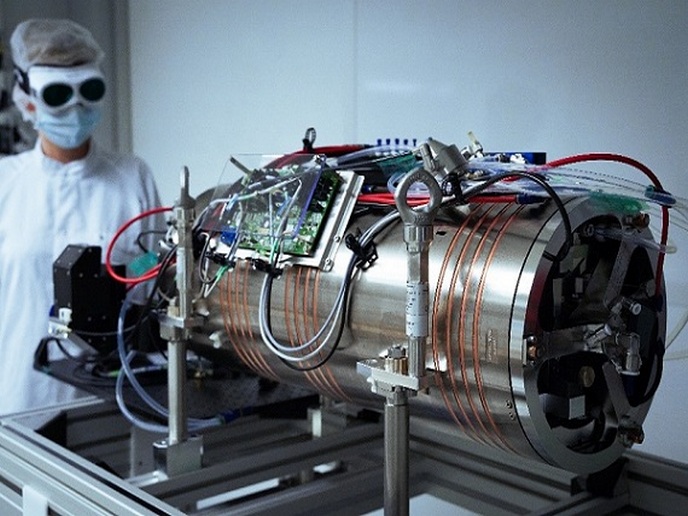Novel system ensures CPV waste heat is not wasted
In CPV, only a small part of the incident solar energy is converted into electricity, while the greatest part is dissipated as waste heat. This low-temperature excess heat is often used in conventional CPV/thermal systems. Within CPV/RANKINE(opens in new window) (Improving the performance of concentrating PV by exploiting the excess heat through a low temperature supercritical organic Rankine cycle), partners from Belgium, Greece, Spain and Sweden worked together to recover the low-grade heat and feed it into a heat engine that is a supercritical organic Rankine cycle (SORC). Project partners selected this approach as it outperforms a subcritical cycle from the net output power point of view at low temperatures. The working fluid is a refrigerant that can boil at low temperatures. The CPV/RANKINE team then successfully integrated the SORC system into a CPV/thermal system. Improving the annual energy productivity, the combined system can be up to 40 % more efficient than a conventional flat PV system, depending on the season. After carefully examining heat exchanger designs, researchers decided to proceed with a helical coil heat exchanger that has compact structure and high heat transfer coefficient. During the tests, the supercritical heat exchanger performed extremely well for both subcritical and supercritical operation, reaching efficiencies up to 6 %. The CPV/thermal system consists of 10 solar collectors that simultaneously generate heat and electricity as they combine a PV panel and solar thermal collectors in the same module. A great deal of effort was devoted to adapting the solar collectors to operate at higher temperatures than usual (95 °C). Project partners successfully produced a 100 m2 installation for the combined system that produces around 15 % more electricity than a similar conventional CPV/thermal system for the weather data of Athens. Such a configuration also ensures that all low-grade heat is exploited by the SORC system when no one needs this heat. The newly developed system can provide an alternative small-scale unit for power production supplied by solar energy. It is suitable for commercial and residential buildings as well as other applications, such as the production of heat, power, desalinated water and cooling.







